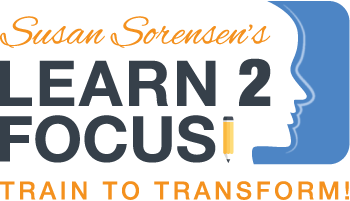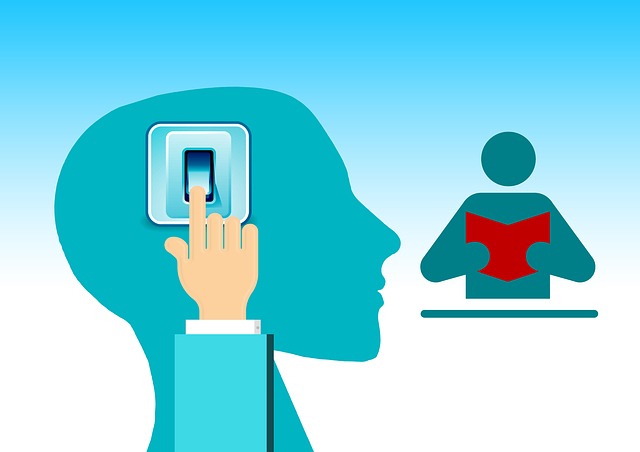Autism: What's Your Child Eating?
/When it comes to autism, we often think about ways to cure the disease from the outside, and forget about factors as simple as diet. Dr. Katherine Reid, an entrepreneur, biochemist and mother of five, talks about the changes she made in her daughter’s diet and the improvements she saw.
1. Dr. Reid first introduced nutritional supplements such as multi vitamin, B complexes, Vitamin D, magnesium, omega 3s and probiotics. Results? Her daughter increased eye contact and showed a heightened awareness of the outside environment, where she’d respond to her name and turn her head when other people spoke.
2. On the second phase, Dr. Reid switched to a popular diet which many families whose children have autism adopt called the gluten-free casein-free (GFCF) diet. In this phase, she removed wheat and other sources of gluten, as well as dairy products from her daughter’s foods. Within six months, her daughter’s social and communication skills had improved and imaginary play had been initiated. There were milder sensory perception distortions and she discontinued extreme repetitive behaviors.
3. Finally, Dr. Reid rationalized that the improvements seen in the GFCF diet were due to lowering levels of reduced free glutamate, an amino acid that is excessively found in today’s diet, thanks to sodium. She incorporated the Low Glutamate Diet. Glutamate can be found in products like bouillon, calcium caseinate, citric acid, pectin, MSG and more. This excess causes chronic activation of different functions in the brain, related to autism and other neurodegenerative diseases.
After incorporating this final phase in her diet, her daughter’s repetitive behaviors disappeared, her social and communication skills became equal to her peers, her sensory perceptions distortions were no longer evident, and she showed an inquisitive, curious personality to her world.
You can watch the video here:
https://www.youtube.com/watch?v=iL4SD5f2toQ
About Dr. Katherine Reid:
Dr. Katherine Reid is an entrepreneur, biochemist, and mother of five. Through her research and trial and error, Dr. Reid determined that certain foods were associated with her daughter's autistic behaviors. She started a nonprofit business, Unblind My Mind, dedicated to helping others improve health through improved diet. We are what we eat, but what are we eating? Dr. Reid takes us on an intriguing journey of diet changes that diminished her daughter's autistic behaviors. She reveals an association between a common ingredient in the Western diet and many chronic illnesses that plague a number of countries. Dr. Reid tells the story that lead to her founding Unblind My Mind.




















